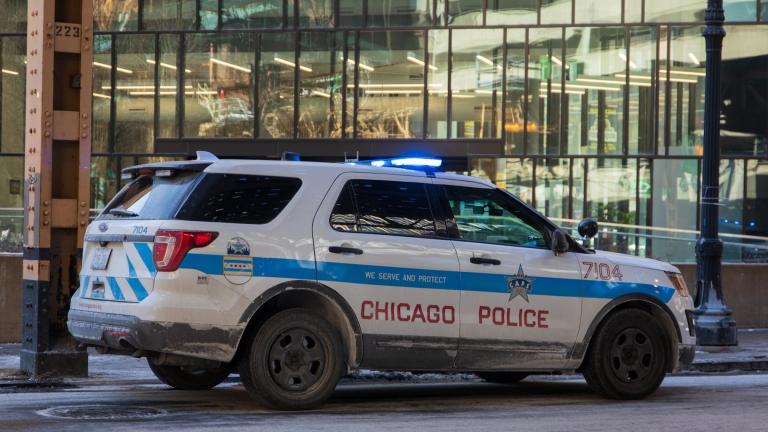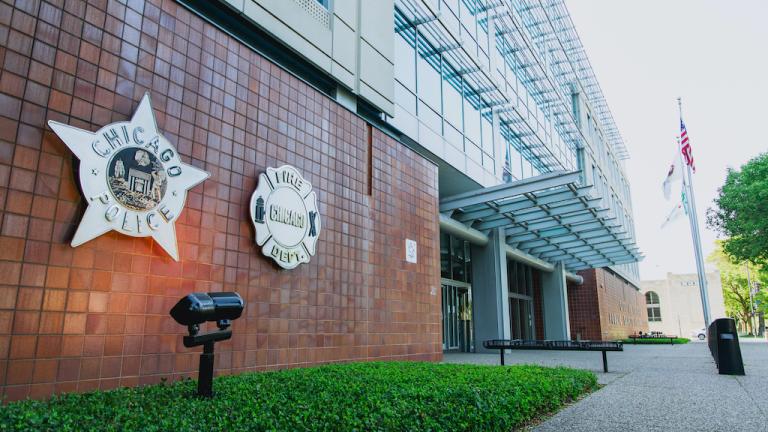Chicago Public Schools students who live in direct proximity to a homicide often suffer in the classroom afterwards, but a new report from the University of Chicago examined the ways schools can mitigate the impact that violence has on kids.
The findings of that report, published this week by UChicago’s Consortium on School Research, show the ways some schools are already working to limit the negative effects that living near violence can have on students.
“Unsurprisingly, living in close proximity to something as significant as a homicide has a negative effect, on average, on academic achievement,” said David Johnson, one of the study’s lead authors. “But what’s really important is that in a subset of CPS high schools, some students living in close proximity to homicides did not experience those negative outcomes. And that’s important because it’s evidence in a really sort of fundamental way that schools matter in this equation.”
According to the report, between 2011 and 2019, about one in five CPS students lived within .2 miles of a homicide in any given year. The report found 6% of students experienced this multiple times in a single year, while students living in Chicago’s lowest income neighborhoods were the most likely to live closer to a homicide.
And once a homicide occurs, the study found, it often leads to negative impacts in the classroom for the students living closest to the violence.
“Students who lived in close proximity to homicide had, on average, lower attendance rates, lower standardized test scores, reduced GPA, and a greater likelihood of having a reported behavioral infraction, suspension, or expulsion following a homicide in their neighborhood, compared to before the homicide occurred,” the report states.
But while this was a recurring theme, it wasn’t the case for all students.
The report found that students who attend schools with “strong, positive” climates that include trusting relationships among students and between students and adults were better equipped to mitigate those negative effects seen after a homicide.
Trust is one of the main components, Johnson said, but so too is the degree to which students report feeling safe in their schools and the quality of relationships among staff.
“Things like the trust between teachers and their principals, and teachers and their colleagues, are also important and associated with that ability of schools to mitigate those negative effects,” Johnson said.
The findings come as CPS is rewriting its school safety plans by removing police from buildings and implementing a more holistic model that focuses on the emotional safety and relational trust between students and staff. Johnson believes the findings of this study provide evidence that those changes are something schools can accomplish effectively.
Rather than focusing on any one strategy, the report found that mitigating the negative classroom effects requires substantial resources and an “intentional, coordinated, and sustained” effort.
Schools that were successful in this regard often had in place well-coordinated support systems that included behavioral health teams and “strong, creative, and comprehensive approaches to building and sustaining relational trust.”
Johnson said efforts from school administrators and staff across a range of different dimensions is what can lead to better outcomes for students.
“There’s no silver bullet here,” he said. “But there is some really solid evidence that the work that schools are doing matters. And I think that’s really exciting and important.”
A Safer City is supported, in part, by the Sue Ling Gin Foundation Initiative for Reducing Violence in Chicago.
Contact Matt Masterson: @ByMattMasterson | [email protected] | (773) 509-5431







